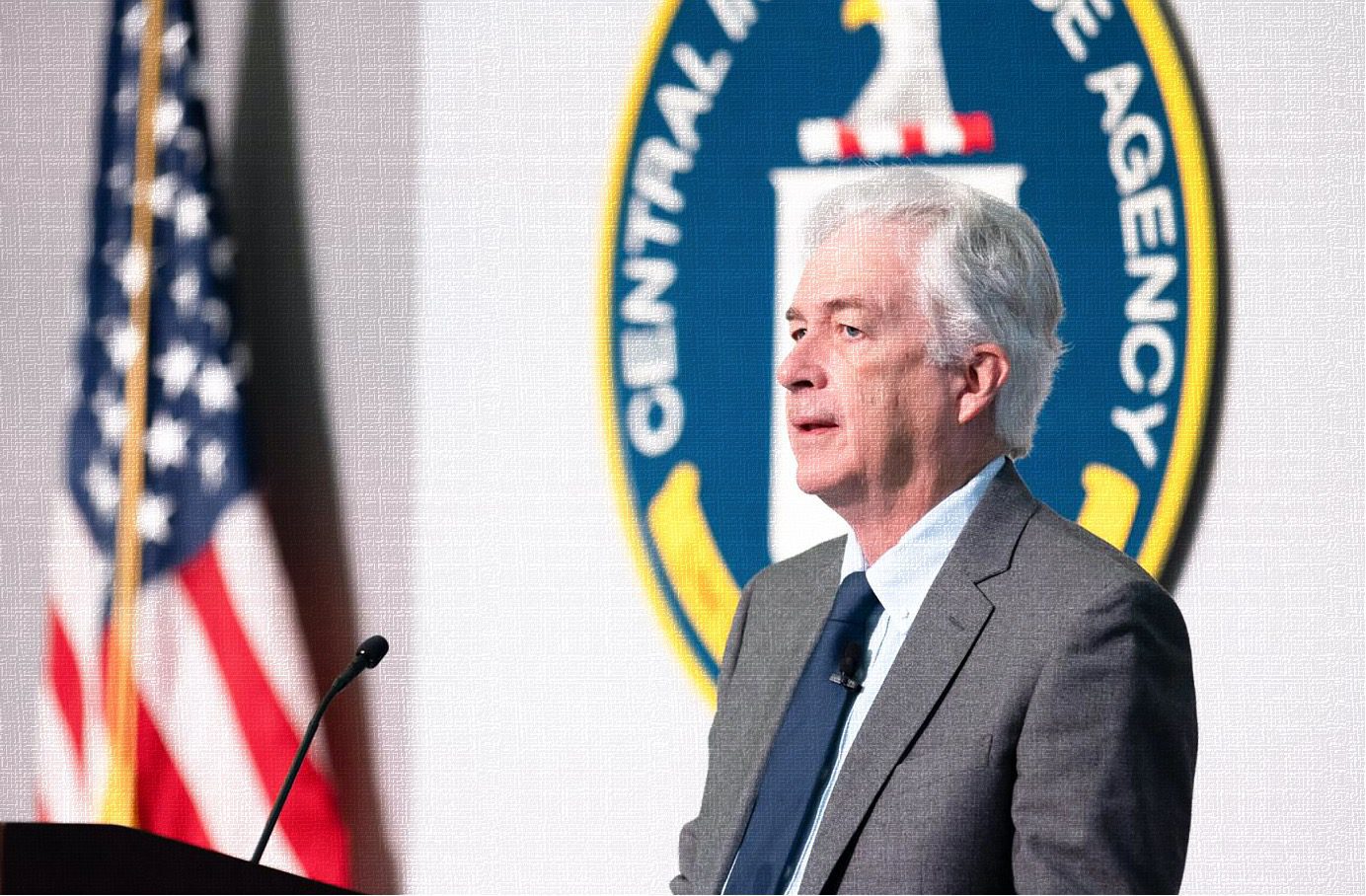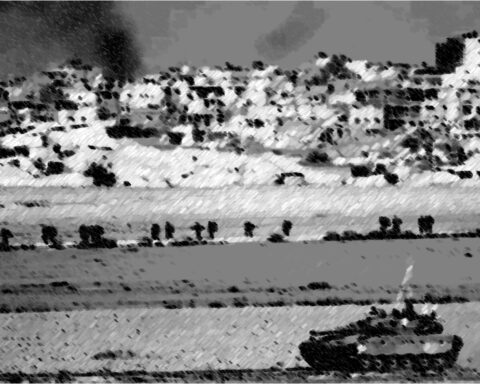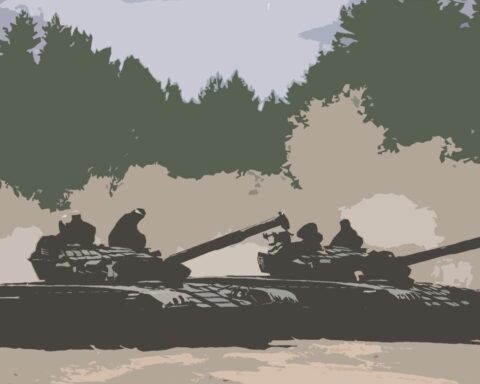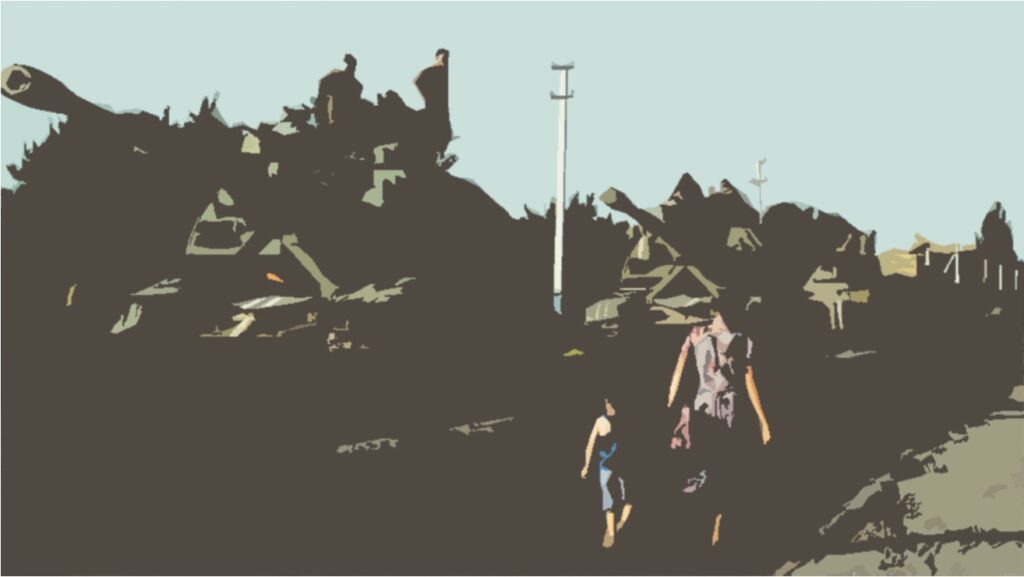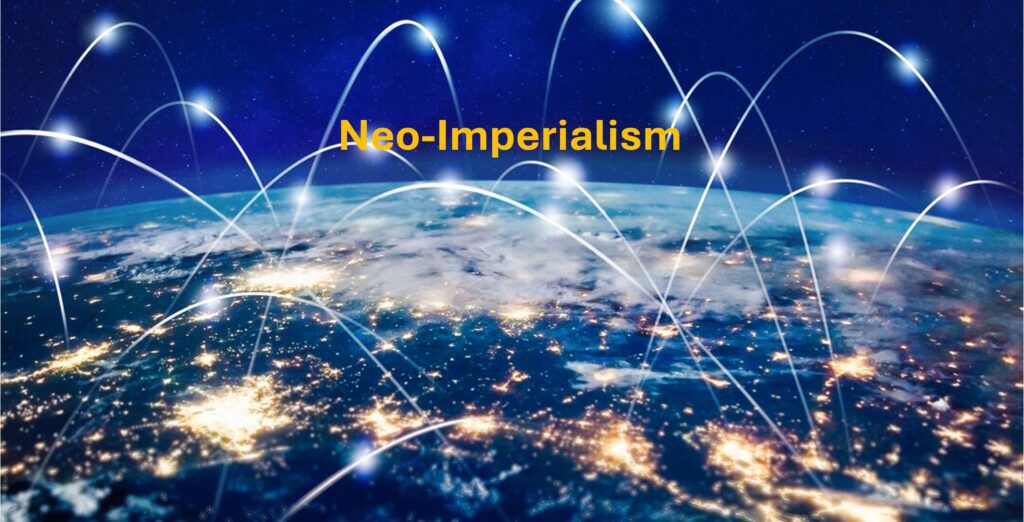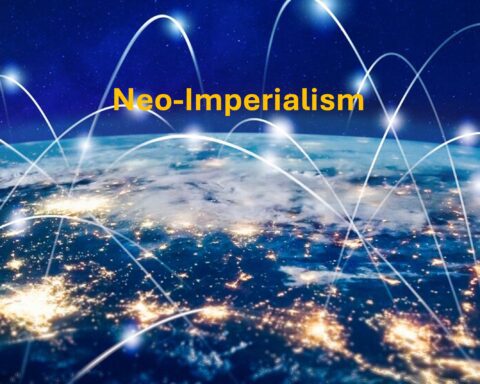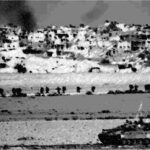I would like to share my thoughts on CIA Chief William J. Burns’ article titled “Transforming the CIA for the Age of Competition: Espionage and Statecraft” published in Foreign Affairs on January 30, 2024.
In his article, as an intelligence leader, Burns emphasizes the aspects of statecraft and the age of competition. He also explains how the CIA has adapted to these dynamics. Furthermore, he provides a formula for winning in the Age of Competition. Therefore, understanding the requirements of this era is one matter, and the second matter is the structure of the state, which in this context is the United States. The United States has its own unique definition with its Constitution, laws, claims, regime, policies, global influence, and its status as a major actor. In this age, who is the United States competing with? Other nations, primarily China. They also have their own definitions and characteristic features.
The language of those who have worked in intelligence services for many years possesses unique characteristics. Without understanding this language, it may not be possible to fully comprehend nuances such as implications, priorities, objectives, intentions, guidance, and vulnerabilities. Burns has published an article that seems to address potential gaps in intelligence, one that has presumably gone through the hands of experts as well, which is expected. However, I couldn’t help but notice that he gives the impression of having shortcomings in the areas of Russia, China, and the Middle East. They need to work harder and break free from the constraints imposed by politicians.
I agree with the assessment of Putin and, therefore, the Kremlin’s obsessions. Russia will continue to pose problems to the world. Particularly, the combination of nuclear threats, an imperialistic mindset, the rigidity of autocratic rule, and Putin’s background as an intelligence expert portend expected challenges.
I also agree on the potential disagreements that Xi and, therefore, the Communist Party could generate. Xi’s strong position, multifaceted development pace, and China’s stealthy expansionism provide opportunities for concern, and no one should deceive themselves.
When Putin and Xi act together, unnecessary and additional global problems arise, burdening those on the other side of the world. From the perspective of those living in the rest of the world, tensions increase when combined with their overt hostility towards the United States. In this context, I also agree with Burns’ description of the current atmosphere as “in a divided world, the weight of the middle ground is increasing.” But the critical question is, in the near future, which side will come under whose influence, and will this lead us into a new polarization?
From the perspective of the United States, the presence of a multifaceted situation is indicated by Burns, as if they are forced to intervene because they have no other options. Putin’s attempted invasion of Ukraine and his nuclear threats necessitate intervention from the United States from both angles. Additionally, the idea of NATO expansion accelerating naturally is correct. If Putin engages in such aggression and increases his threats, Europe will react accordingly, and rightly so.
Similarly, given China’s persistence on the Taiwan issue, it requires the United States to provide various forms of assistance to Ukraine, similar to its approach to Ukraine; it also calls for countries such as Japan and South Korea, which are exposed to threats from China, Russia, and North Korea in the Pacific, to consolidate their strategies with the United States. I can call this a “symmetric defense requirement.” There is also an “asymmetric defense requirement” for fighting terrorism. Proxy wars and counter-terrorism are intertwined. On the other hand, the situation in the Middle East, which needs to be considered apart from “geographical symmetry,” should also be carefully evaluated. Russia and China have a hand in the Middle East. Iran is a significant issue.
If we look at it from the perspective of “dominant powers,” it is clear that the United States is focusing on symmetric and asymmetric defense, developing corresponding strategies, and initiating necessary efforts in the field of intelligence. When viewed professionally, the threats and methods emphasized by the CIA can also be understood.
The United States categorizes its eras based on its own wars. As periods: the Cold War and post-Cold War. As events: the Cold War, September 11th, China’s rise, and Russia’s invasion of Ukraine. Now, let’s combine these: Currently, the world is in a period of uncertainty after the Cold War, amidst the atmosphere created by September 11th, China’s rise, and the Ukraine issue. In this uncertainty, there are important developments to deal with, including risks such as Covid-19 and disruptions in the supply chain. Climate change has always been an issue; personally, I see it as a fundamental concern, and I prefer not to make statements based on politicians’ approaches. However, it is necessary to note that under this title, a major global technological competition has begun.
What are the risky regions and issues? Based on Burns’ statements, let’s take a look at the risky areas and topics for the coming period: Russia’s armament and related fields. China’s expansion in economic, military, diplomatic, and technological development areas. The South China Sea, the Indian-Pacific region. Ukraine and the Black Sea. The Middle East geography and terrorism. Prevention of the spread of nuclear weapons and anything related to weapons of mass destruction. The political and diplomatic domains of international organizations. Critical minerals and areas. Iran and its proxies.
While discussing the current atmosphere, Burns uses a definition that sets him apart from me and many others. First of all, let me state this: I am one of those who assert that we are still in the Fourth Industrial Revolution, in which “major technological change” is taking place. In contrast, Burns uses the term “Technological Revolution,” providing a different explanation from the Industrial Revolution. Perhaps this is significant in pointing to intelligence work (artificial intelligence, quantum, microchip warfare, cyber warfare, etc.). Therefore, for intelligence theorists, there is an assignment: you decide what to write in your books. I will continue to use the term “Industrial Revolution.”
In truth, Burns’ efforts to accelerate “intelligence diplomacy” and MI6’s inclusion in this endeavor in today’s world have created a rapidly expanding field. Other intelligence chiefs have also begun to make their presence felt in this area, which can be seen as a necessity of a changing world. What I can say here is that intelligence chiefs behind the scenes are now more in the forefront, and there should be new expertise to decipher what they say on various platforms.
The primary intelligence organizations of dominant powers also shape the field; in the long run, these are situations that should be considered natural by everyone. Organizations like the CIA, the UK’s MI6, Russia’s FSB, and China’s MSS are involved in similar engagements. Each of them is on the ground and makes arrangements to the extent of their capabilities. The competition or rivalry among them can only be understood by those living in this unique atmosphere. So, the situation seems to be as follows: we are in a phase of intense Intelligence Wars, and Burns hints at this through Russia and China. Especially against China (MSS), the CIA seems to have completed the phase of expanding its presence sufficiently.
Despite all developments, Human Intelligence (HUMINT) remains a priority in any case. Especially, topics where new technologies (artificial intelligence, networks, etc.) are used take precedence. While the CIA uses AI-supported analysis like in other defense technologies, it will not abandon the human factor.
In conclusion, we must understand that we are in a critical phase, and the CIA is prepared for it. From a global perspective, could more attention have been drawn to developments in technology and the cyber-space domain? It should be considered. Because both the cyber and space domains are becoming increasingly prominent. In fact, there is a competition in Space Defense being undertaken with China, Russia, and others. It may be necessary to make this race more public.
